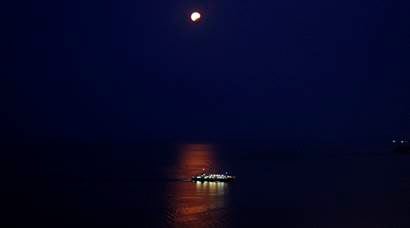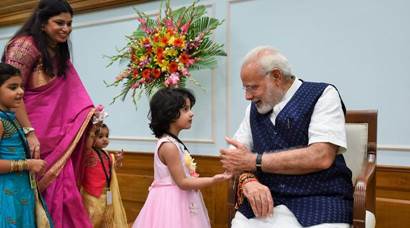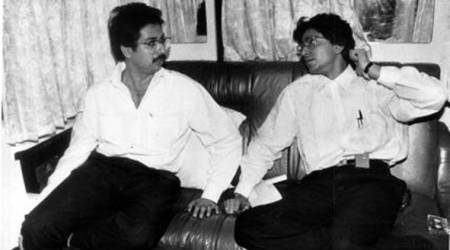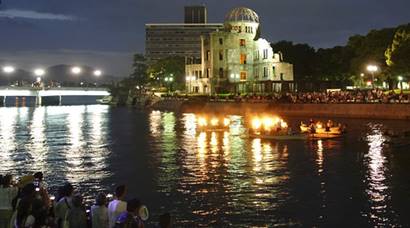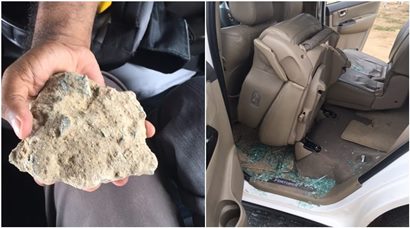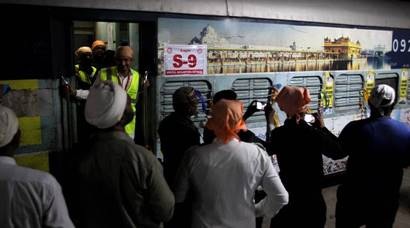Partial lunar eclipse: ‘Blood red’ moon lights up night sky
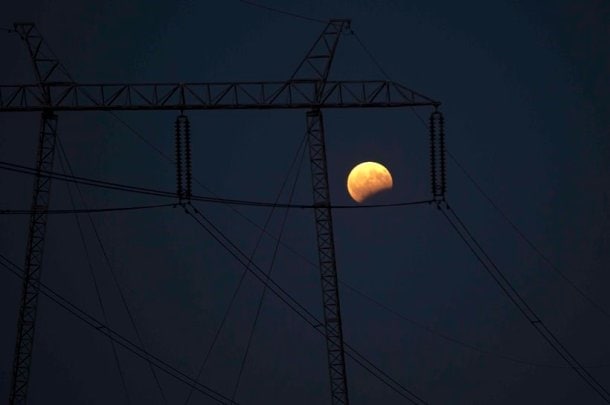
A partial lunar eclipse took place on August 7 night and was visible from across the country. “Starting from 10:52 pm, the full moon entered the Earth’s shadow in space and created a spectacular celestial phenomenon, which is commonly known as partial lunar eclipse. (Source: AP Photo)
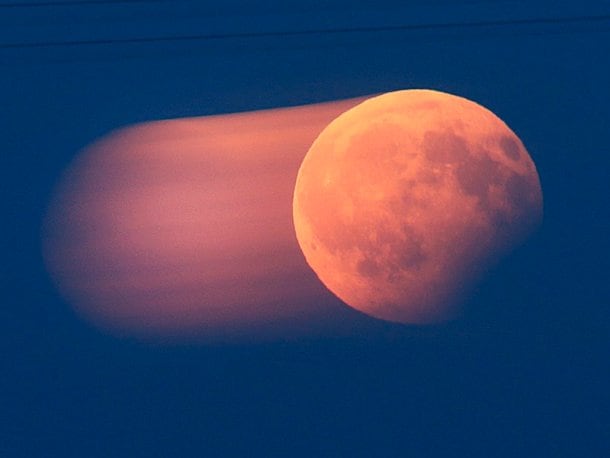
This was the first properly visible lunar eclipse this year,” Debiprosad Duari, Director Research and Academic, M P Birla Planetarium said. (Source: AP Photo)
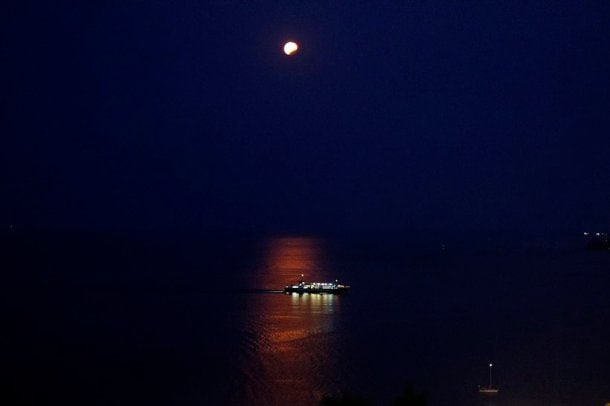
“On February 11 this year there was a penumbral eclipse of the moon. It was an event where the moon passed not through the direct shadow of the earth but through its periphery and thus it could not be discernible by most of the population,” he said. (Source: AP Photo)

The partial lunar eclipse this time was visible from the whole of Asia and Australia and most parts of Europe and Africa, Duari said adding “People in North and South America will be not be able to see it because it will be daytime there. (Source: AP Photo)
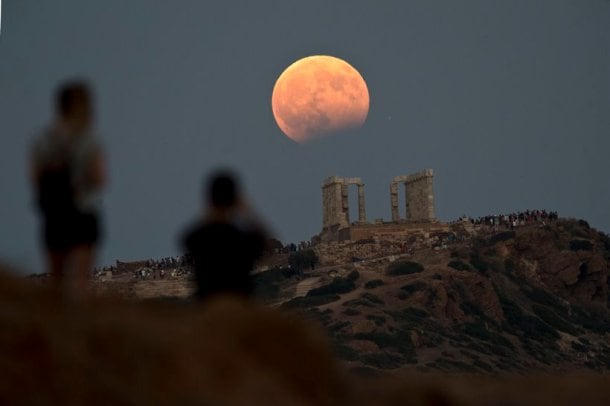
A lunar eclipse takes place only at full moon. When the sun, earth and moon come in a perfect straight line and as the Sun’s rays falls on the Earth and its (Earth’s) shadow falls onto a patch of space and the moon enters that patch a lunar eclipse is seen, he said. (Source: AP Photo)
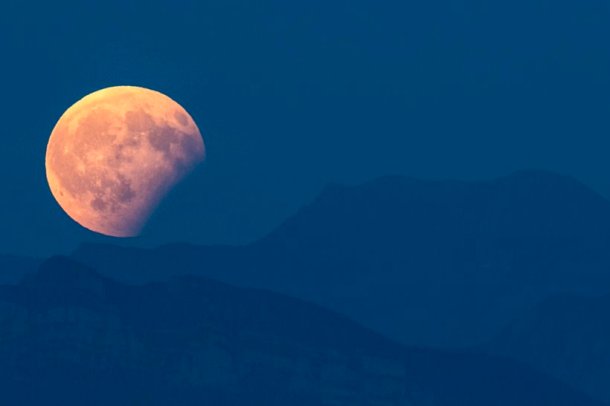
The shadow is composed of two cone-shaped parts, one nested inside the other. The outer shadow or penumbra is a zone where Earth shadow is partial and blocks some, but not all of the Sun’s rays. (Source: AP Photo)
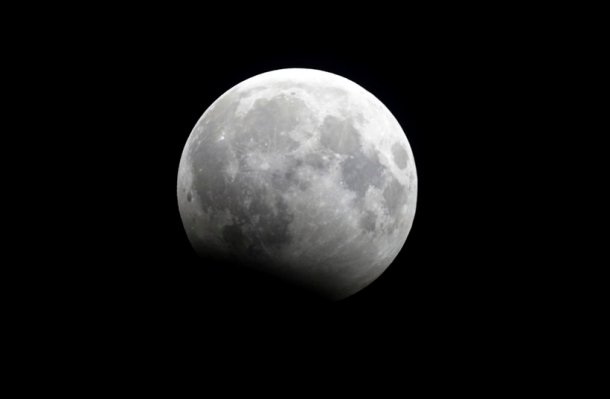
In contrast, the inner shadow or umbra is a region where Earth blocks all direct sunlight from reaching the Moon. It is only when a part of the Moon passes through the umbra, a partial lunar eclipse is seen. If the entire Moon passes through the umbral shadow,then a total eclipse of the Moon will be possible. (Source: AP Photo)
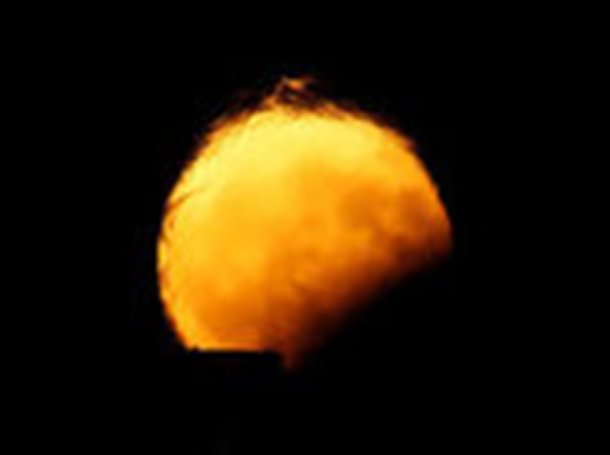
Heavy rains and overcast sky prevented Delhiites from viewing the lunar eclipse today. Several parts of the national capital experienced heavy rains and cloudy sky. (Source: Reuters photo)
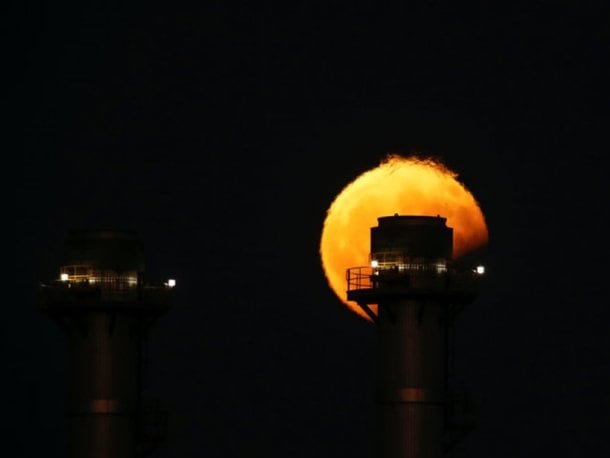
“Viewing the eclipse is difficult in current situation. If the weather clears up then our staff will set up the telescopes,” N Rathnashree, director of the Nehru Planetarium, said. (Source: Reuters photo)
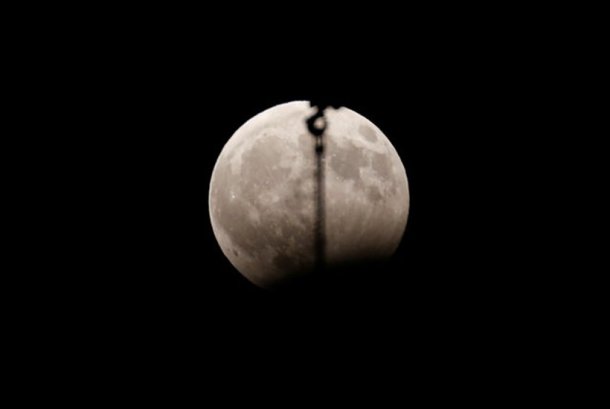
A penumbral lunar eclipse occurs when the sun, the earth, and the moon align in an almost straight line. (source: Reuters photo)
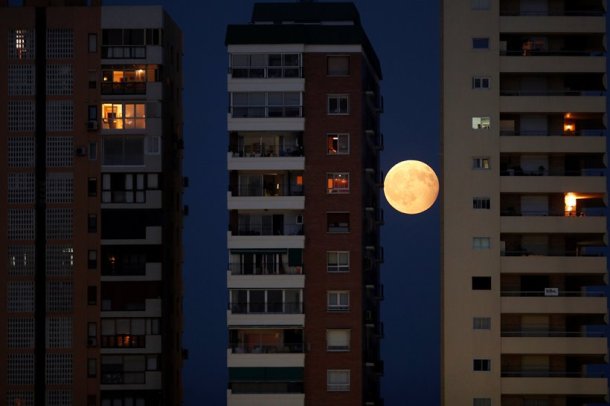
“An interesting aspect of lunar eclipse is that anywhere on earth from where the moon is visible during eclipse, the time will be the same. This is in contrast to a solar eclipse in which the timings of the contacts change as the location changes on earth,” Rathnashree said. (Source: Reuters photo)
 This week in pictures
This week in pictures
 Nagina Online: What happens when social media comes in one of India’s most backward villages
Nagina Online: What happens when social media comes in one of India’s most backward villages
 Rakshan Bandhan 2017: PM Modi celebrates Rakhi with school children, widows from Vrindavan
Rakshan Bandhan 2017: PM Modi celebrates Rakhi with school children, widows from Vrindavan
 Friendship Day 2017: When friends turn foes in politics
Friendship Day 2017: When friends turn foes in politics
 Hiroshima Day: Survivors say ‘never again’, urge disarmament of nuclear weapons
Hiroshima Day: Survivors say ‘never again’, urge disarmament of nuclear weapons
 Red alert issued across Europe as extreme heatwaves spark health warnings
Red alert issued across Europe as extreme heatwaves spark health warnings
 Maharashtra: Controversy rocks Monsoon Session, Opposition demands Prakash Mehta’s resignation for alleged SRA scam
Maharashtra: Controversy rocks Monsoon Session, Opposition demands Prakash Mehta’s resignation for alleged SRA scam
 On visit to flood-hit Gujarat, Rahul Gandhi’s car pelted with stones
On visit to flood-hit Gujarat, Rahul Gandhi’s car pelted with stones
 Brains in a box: How this Bronx hospital is storing grey matter
Brains in a box: How this Bronx hospital is storing grey matter
 Photos: Former crack addict turns Sao Paulo trash into livelihood
Photos: Former crack addict turns Sao Paulo trash into livelihood
 Tatkal tickets: Book now, Pay later launched by Indian Railways — all you need to know
Tatkal tickets: Book now, Pay later launched by Indian Railways — all you need to know